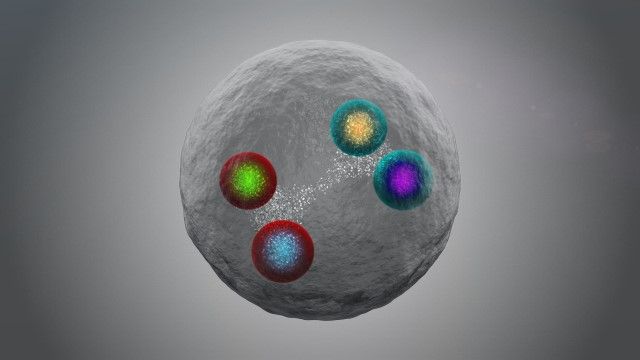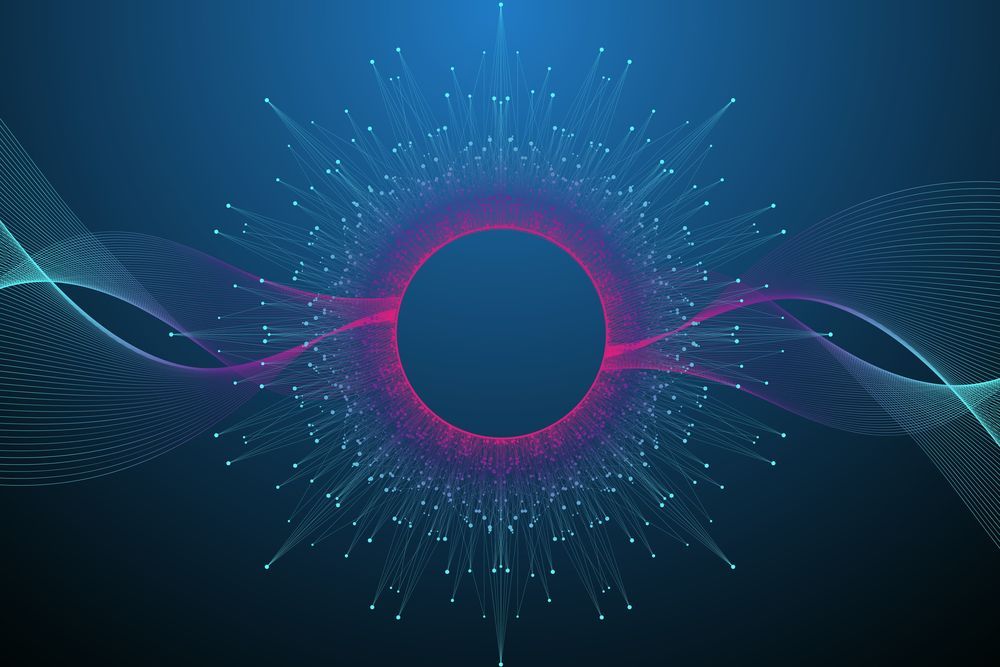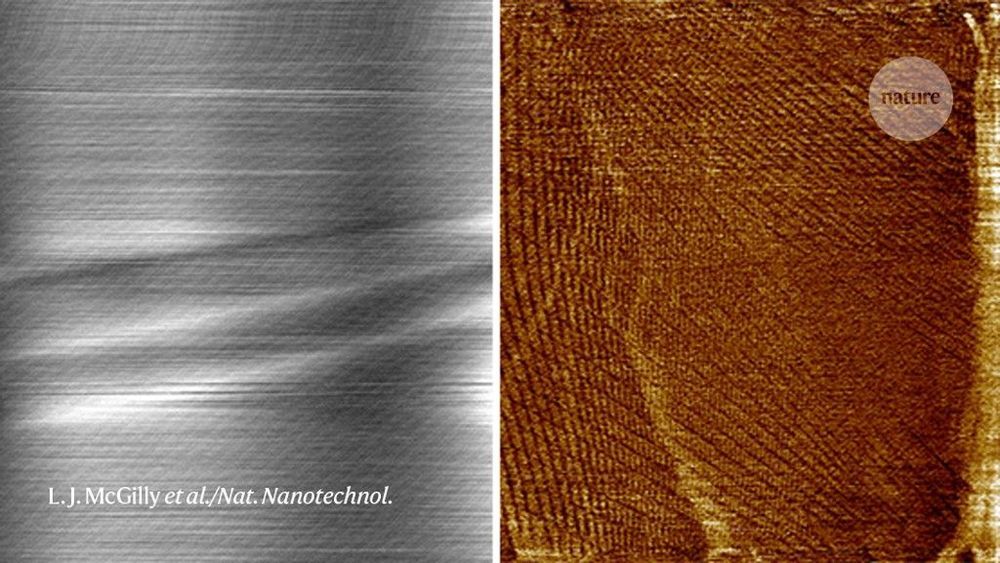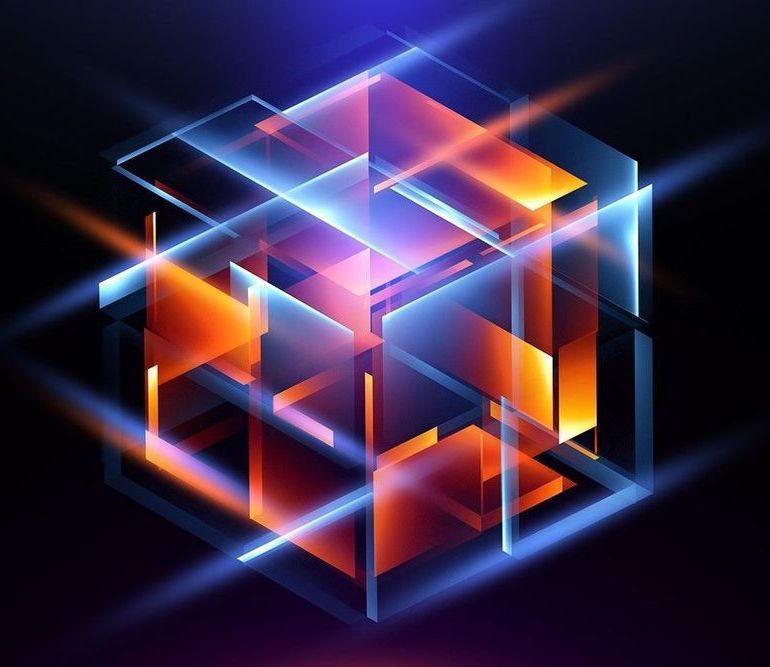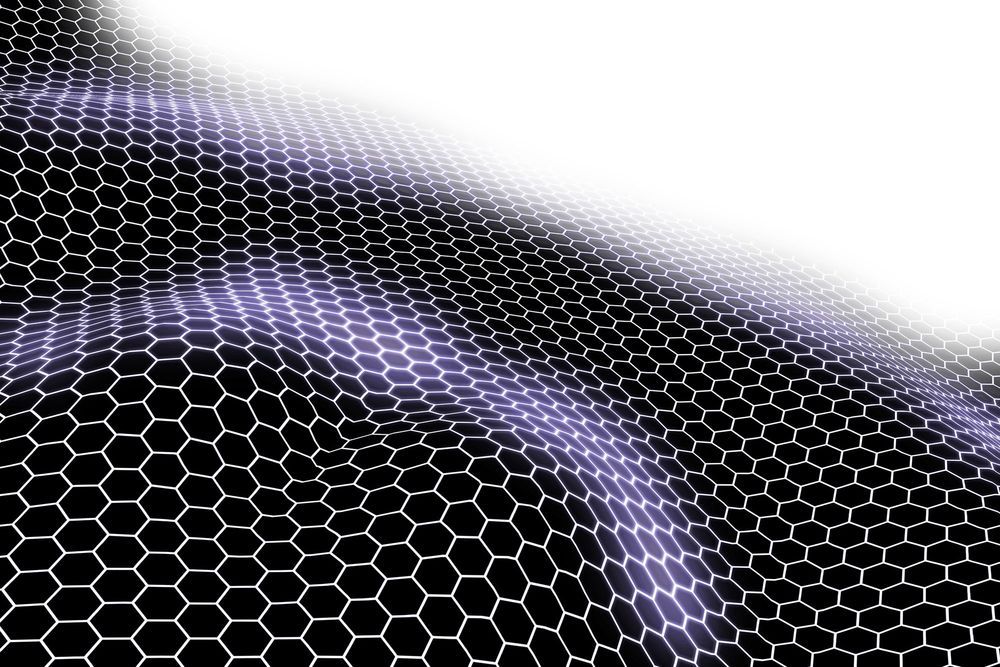The first tetraquark comprising all charm quarks and antiquarks may have been spotted by physicists working on the LHCb experiment on the Large Hadron Collider (LHC) at CERN. The exotic hadron was discovered as it decayed into two J/ψ mesons, each of which is made from a charm quark and charm antiquark. The particle appears to be the first known tetraquark to be made entirely of “heavy quarks”, which are the charm and beauty quarks (but not the top quark, which is the heaviest quark but does not form hadrons).
“Particles made up of four quarks are already exotic, and the one we have just discovered is the first to be made up of four heavy quarks of the same type, specifically two charm quarks and two charm antiquarks,” explains Giovanni Passaleva, who is just stepping down as spokesperson for LHCb. “Up until now, the LHCb and other experiments had only observed tetraquarks with two heavy quarks at most and none with more than two quarks of the same type.”
The new tetraquark is dubbed X(6900), with the number referring to its mass of 6900 MeV/c2 (6.9 GeV/c2). The X denotes the fact that LHCb physicists are not yet certain about key properties of the particle including its spin, parity and quark content.
